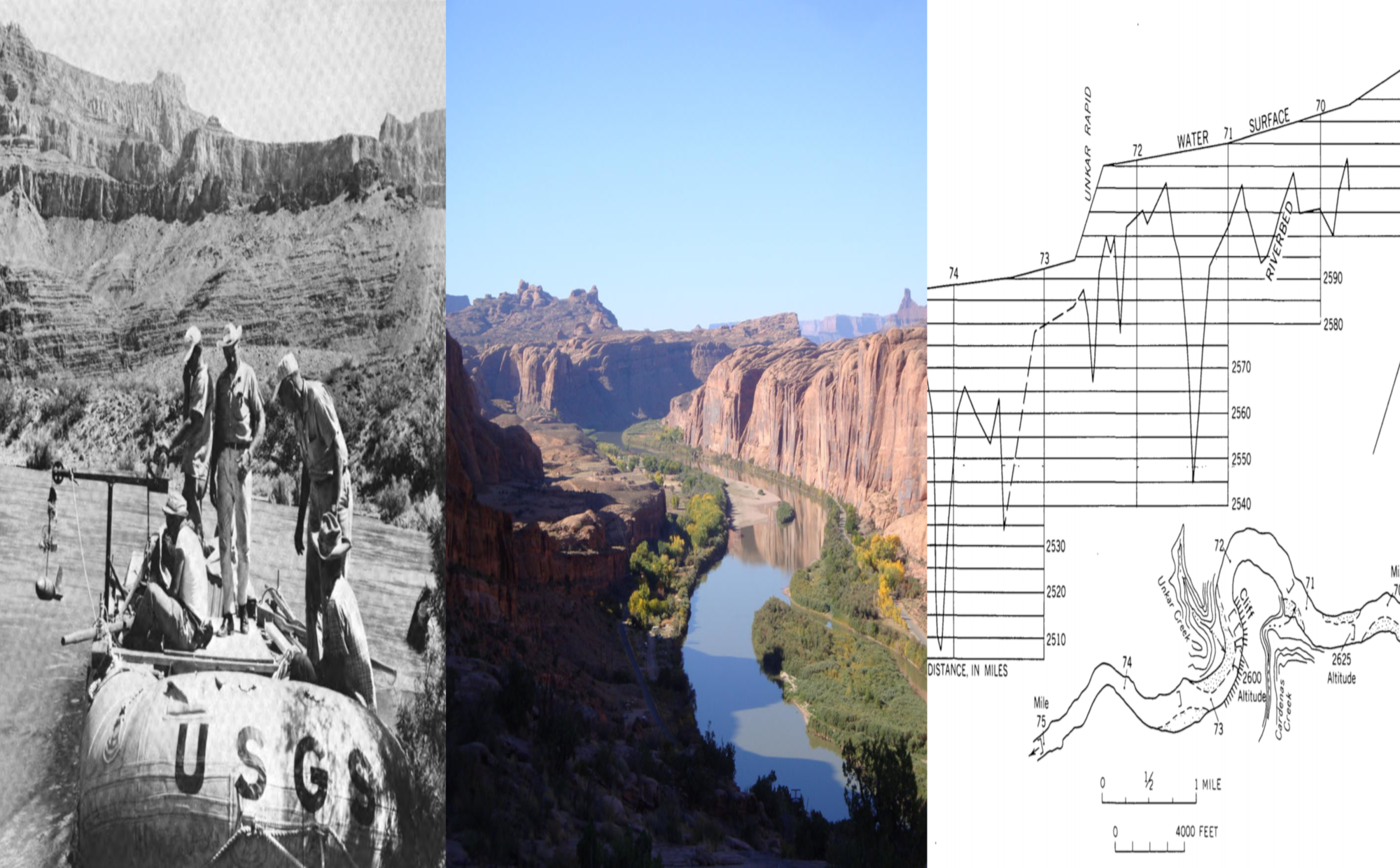1964 was an exciting time for hydrology. Preparations for the International Hydrological Decade (1965-1974) were underway at UNESCO’s headquarters in Paris and in countries worldwide, in the hope of creating a truly international scientific cooperation effort in the field of hydrology. Water, advocates of the IHD believed, was something all countries—developed and developing—could get behind. But looking back at the events of the IHD presents a more complicated picture and raises questions about what inclusion might look like on a platform which sought to represent everyone.
The bureaucrats and hydrologists who gathered in Paris for preparatory meetings for the IHD in May 1963 and April 1964 probably had these questions of representation and diversity in mind. Anticipating that numerous countries would participate in the IHD, they decided to create a smaller Coordinating Council which could work more efficiently and ensure the smooth running of the Decade.
Membership on the Council was based on three key factors: importance of the country’s scientific contribution to hydrology, geographic diversity, and the “representativeness” of the country to its broader region. Such criteria guaranteed a seat at the table to countries with significant scientific expertise, like the United States, while also offering some of the other countries, whose hydrological networks might have been lacking but whose voice was nonetheless important, a chance to help guide the Decade forward.

However, despite this message of inclusivity, UNESCO initially struggled with bringing countries on board the Coordinating Council, a vital component of the IHD. The handwritten note above can be found in a collection dedicated to the IHD in the UNESCO archives in Paris, inside a folder otherwise full of typed material — mostly bureaucratic back-and-forths and draft statutes related to the Coordinating Council. We do not have information about who wrote it or when, but it probably originated in a meeting of hydrologists or government officials at UNESCO around 1964 who were trying to come up with potential members of the Council.
Whoever authored the note appears to have sorted countries into five groups — four based on geography and one on scientific expertise. Some names are circled, others crossed out and yet others perhaps added in as alternatives. While it is possible to disregard these pencil marks as mere copyediting, they could also be read as reflecting real concerns about participation, in particular, and uncertainty about the future of the IHD, more broadly. For example, even though UNESCO was keen on the participation of India and wanted it to have a seat at the first Coordinating Council, the lackluster response to the IHD from the Indian delegation put this plan in jeopardy.
In the end, the General Conference of UNESCO selected the first Coordinating Council with 21 members from among the over 54 countries that participated in the IHD the first year, with the number growing with time. However, questions about the inclusivity of the Decade and tensions between priorities of the developing and the developed world continued to linger and culminated in the Mid-Decade Conference of 1969, where both blocs expressed their frustration with the direction of the IHD and decided to fundamentally reorient it.
